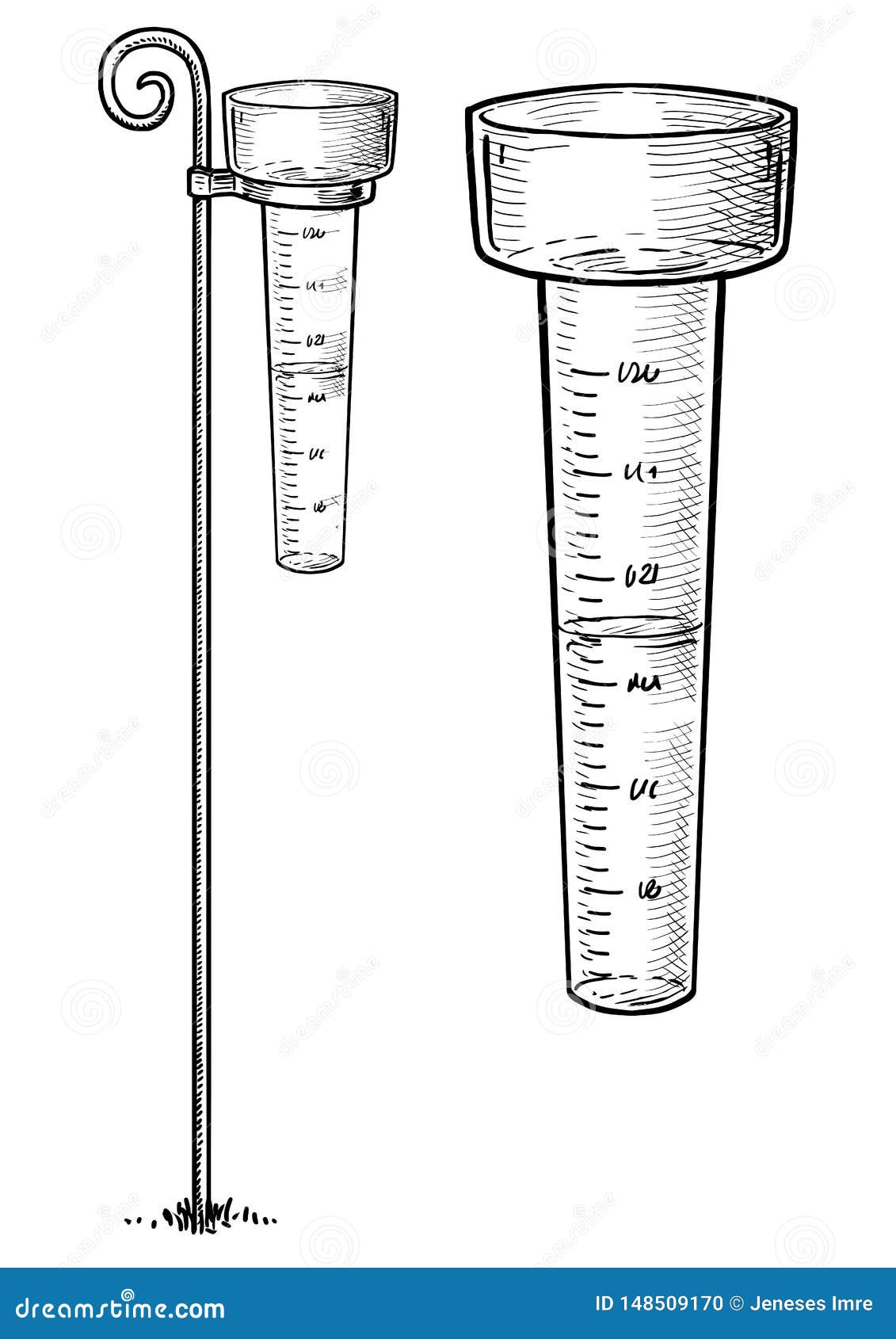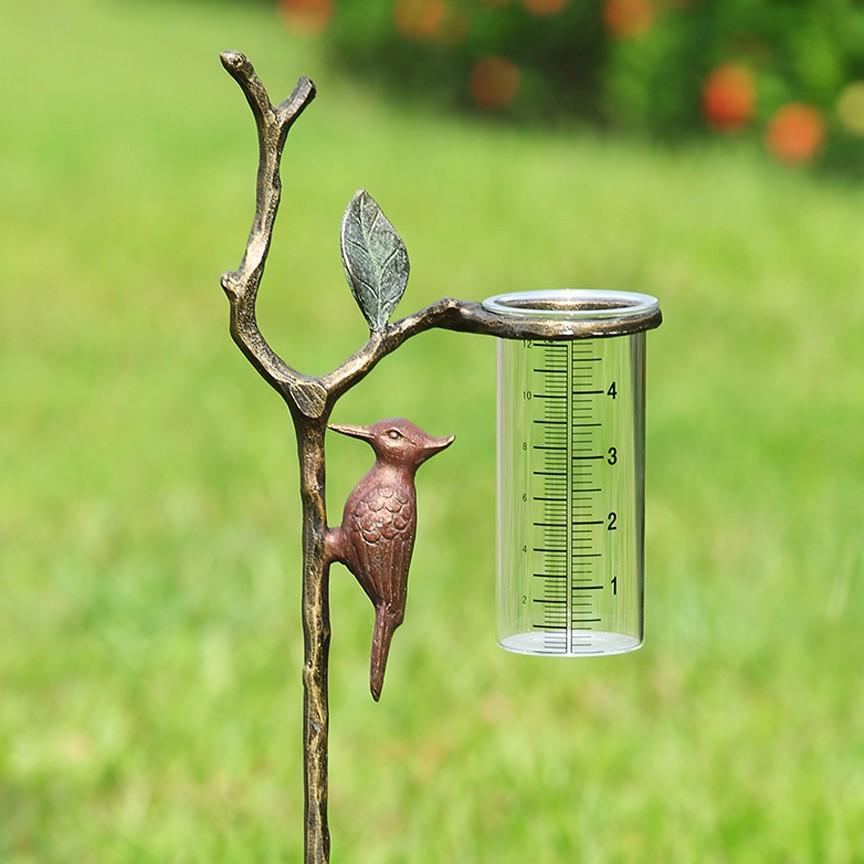How to Choose the Right Rain Gauge for Reliable Precipitation Monitoring
How to Choose the Right Rain Gauge for Reliable Precipitation Monitoring
Blog Article
Introducing the Science Behind Rainfall Evaluates: Just How These Devices Play a Crucial Duty in Climate Research Study and Ecological Monitoring
Rain assesses, seemingly straightforward devices, hold a profound value in the world of climate research study and ecological monitoring. These unassuming tools quietly accumulate one of nature's most vital components-- rains. Yet, behind their unpretentious exterior lies a complicated science that is crucial for understanding the dynamics of our environment. As we peel off back the layers of this clinical shroud surrounding rain evaluates, we discover a globe where accuracy, information accuracy, and careful monitoring merge to introduce a much deeper understanding of our altering climate and its influence on the earth.
Significance of Rain Scales
Rain gauges play an important duty in monitoring and determining precipitation levels, providing important data for climate research and evaluation. These gadgets are essential in quantifying the quantity of rains that occurs in a certain location over a certain duration. By gathering and measuring rain, rain gauges deal important insights right into the distribution and strength of precipitation, assisting meteorologists, hydrologists, and climatologists in understanding climate patterns and trends.
One of the vital reasons that rain determines are vital is their capability to give accurate and local data. Unlike satellite or radar-based dimensions, which offer wider monitorings, rain gauges offer specific info certain to the place where they are positioned. This localized information is vital for various applications, consisting of flood projecting, dry spell tracking, and water resource administration. In addition, long-term data accumulated from rainfall assesses helps in examining environment change impacts and patterns, adding dramatically to scientific research and decision-making processes. In essence, rainfall evaluates act as essential tools in the field of meteorology and ecological science, playing an important duty ahead of time our understanding of weather and climate characteristics.
Types of Rain Gauges

Performance and Operation
In the world of climate research study and meteorological research studies, the effectiveness of rain gauges lies in their intricate performance and accurate operational devices. Rainfall assesses are created to precisely measure the quantity of rainfall that tips over a certain location throughout a set duration. These tools typically consist of a channel that collects rainwater and networks it into a determining tube. The determining tube is marked with adjusted measurements that permit the specific quantification of rainfall.
The functionality of rainfall gauges is based upon the principle of determining and accumulating rainwater in a standard manner. This gathered information is crucial for understanding local climate patterns, tracking long-lasting environment trends, and analyzing environmental effects. To ensure precise dimensions, rain evaluates demand to be strategically put in open locations away from obstructions such as structures or trees that can conflict with the collection process.
The functional facet of rain evaluates includes routine upkeep to stop debris build-up, calibration checks to preserve dimension precision, and information recording for analysis (rain gauge). Generally, the capability and procedure of rainfall evaluates are crucial for collecting reputable precipitation data crucial to environment research and environmental monitoring
Role in Climate Research Study
Offered the critical importance of accurate precipitation dimensions in understanding weather patterns and environmental impacts, the function of rain assesses in environment study is indispensable. Rainfall determines give vital data for climate research by quantifying the quantity of precipitation that tips over a specific location throughout a provided period. This data is important for monitoring lasting fads in precipitation patterns, evaluating the impact of environment modification on rains my blog circulation, and enhancing climate models.

Climate scientists utilize information collected from rainfall assesses to evaluate variants in precipitation degrees, identify local climate fads, and assess the performance of water resource monitoring approaches. By contrasting historic precipitation information with current dimensions, scientists can find shifts in rainfall patterns, such as adjustments in the frequency or intensity of rainfall events. This details is vital for understanding just how climate modification is affecting precipitation characteristics and can help policymakers make notified choices concerning adjustment and reduction methods.
Applications in Environmental Surveillance

In flooding projecting, rain gauge information aids to track rains intensity and distribution, allowing authorities to provide prompt cautions and take needed actions to alleviate flooding threats (rain gauge). Drought monitoring depends on rainfall scale information to examine dampness degrees in the dirt and track rainfall deficiencies, assisting in the recognition of drought-prone areas and the execution of dry spell reaction strategies
Moreover, rainfall scale data plays an important duty in water resource monitoring by offering details on water availability and usage fads. Furthermore, in agriculture, rainfall gauge information aids farmers in optimizing watering schedules, plant selection, and overall ranch monitoring methods based on local rainfall patterns.
Verdict
Finally, rainfall assesses are necessary tools for determining rainfall, offering important information for climate research and ecological monitoring. With different types and performances, rain assesses play a critical duty in comprehending rainfall patterns and their influence on the environment. By precisely gauging rainfall, these tools add to the improvement of clinical understanding and aid in making educated decisions pertaining to water Learn More Here source monitoring and calamity readiness.
Rain assesses play a crucial duty in surveillance and determining rainfall levels, providing crucial data for climate research and evaluation. Extra resources The typical rainfall scale, known as the "tipping container" gauge, is one of the most frequently used tools. Ultrasonic rain gauges usage sound waves to spot the visibility of rain, supplying real-time information on rainfall levels.Climate scientists use information gathered from rainfall assesses to analyze variations in precipitation levels, determine local environment trends, and evaluate the performance of water resource administration methods.In verdict, rainfall gauges are important devices for gauging rainfall, offering beneficial information for climate study and environmental monitoring.
Report this page